When you think of revolutionaries who took up arms against the British during our 200+ years under colonial rule, the names of leaders like Bhagat Singh, Chandrashekhar Azad, Sukhdev, Rajguru, Ram Prasad Bismil, Ashfaqullah Khan, Surya Sen, and Subhas Chandra Bose easily roll off our tongues. While the idea of using violence against the British was abhorrent to the leaders of the Indian National Congress and the Gandhian movement, many revolutionary groups, like the Hindustan Socialist Republican Association (HRSA) and the Indian National Army (INA), did come up.
Bringing a revolution for the nation
These groups were driven by the idea that while the British used military force to oppress Indians, the latter had a right to show that they too could use force and guerrilla warfare tactics to undermine the hold colonial rulers had over the country. Such revolutionary groups bubbled up across the Indian subcontinent, and their members conducted protests, raided British government trains, armouries and treasuries, attempted assassinations of hostile or cruel British officers, and were either jailed or killed for these activities. The term “revolutionary terrorists” was used by the British to identify these freedom fighters.
The fact that these revolutionaries played a huge role in undermining the British rule, and gave up their lives for the nation, is undoubted. But many do not know that women also had a huge role to play within these revolutionary movements, and most of them remain unnamed and unsung even today. Here are some such women revolutionaries you must know about.
Rani Chennamma of Kittur
While most people are familiar with the queen of Jhansi, most have no clue about the queen of Kittur, who led an armed rebellion against the British long before 1857. Rani Chennamma belonged to the Lingayat community, and was trained in the martial arts from a young age. Married to Raja Mallasarja of Kittur, Chennamma had a son and heir to the small kingdom. However, when both her husband and son died in 1824, the British moved to annex Kittur under the Doctrine of Lapse. The queen then led the Kittur army in the country’s first armed rebellion against the British of this nature. Despite fighting fiercely, the queen was captured and imprisoned by the British, and died in 1829.
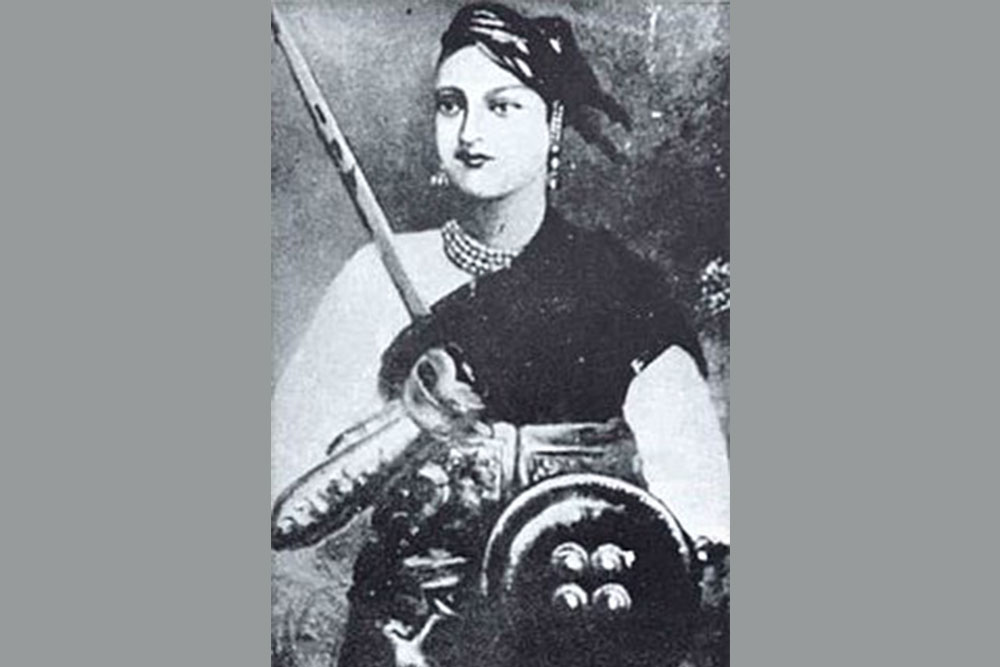
Rani Lakshmi of Jhansi
The story of this brave queen, who fought the British in 1857-1858 with her adopted son strapped to her back, is so well known that every Indian knows it by heart. The fact that many plays, TV series, and movies to depict her life have been created across decades, makes her story even more legendary and celebrated. Few would know, however, that the queen of Jhansi was the first woman in Indian history to pioneer an all-women regiment in the kingdom’s army—a fact that later inspired the formation of another such regiment almost a century later. Rani Lakshmibai of Jhansi led a year-long fight against the British, and died in the battlefield in 1858.
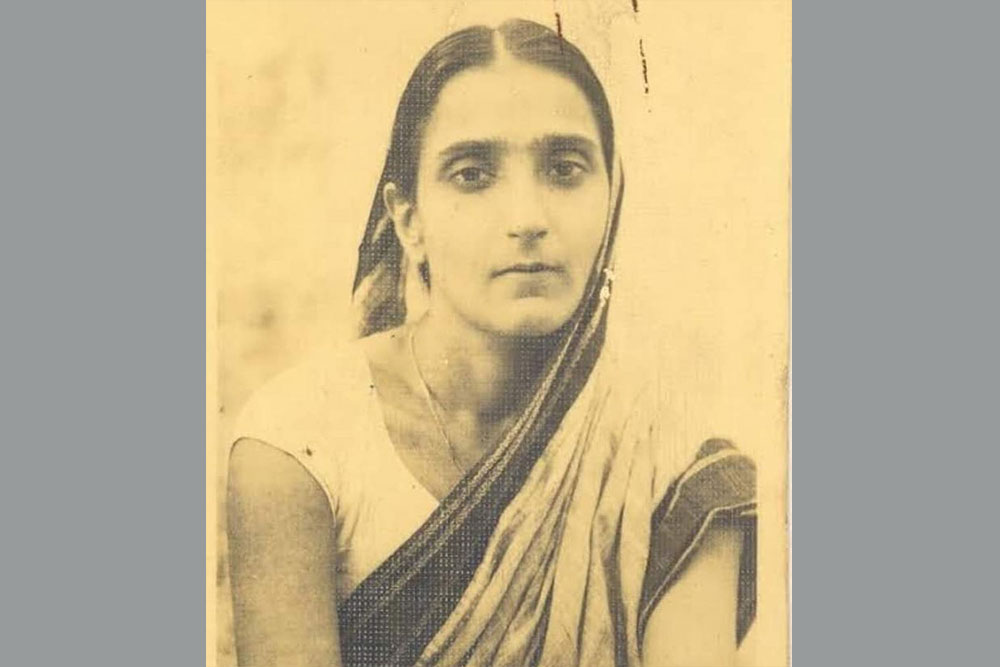
Durgawati Devi
Popularly known as Durga Bhabhi, Durgawati Devi was a member of Bhagat Singh’s HRSA, and married to another member of the group, Bhagwati Charan Vohra. Adept at bomb-making herself, Durga Bhabhi is best known for accompanying Singh during his escape to Calcutta after killing the British officer Saunders. When Singh and his comrades were imprisoned, Durga Bhabi sold all her jewels to get legal support for them. After their hanging in 1931, she swore to get vengeance and attempted to assassinate the ex-governor of Punjab, Lord Hailey. Though Hailey escaped, Durga Bhabhi was arrested and imprisoned for three years. After independence, she opened a school in Lucknow, and ran it until her death in 1999.

Pritilata Waddedar
Known best for participating in the Chittagong Armoury Raid of April 18, 1930, with Surya Sen, Pritilata Waddedar actually contributed more to the revolutionary movement than people know. While the Chittagong gang was unable to locate the armoury and their plan failed in 1930, Waddedar and a few others managed to escape the clutches of the British. In 1932, the group planned an attack on the Pahartali European Club in Chittagong—a club that persecuted Indians—under her leadership. She sustained a bullet wound during the attack, and was unable to escape, due to which she consumed potassium cyanide instead of submitting to the British, becoming a martyr at the age of 21.
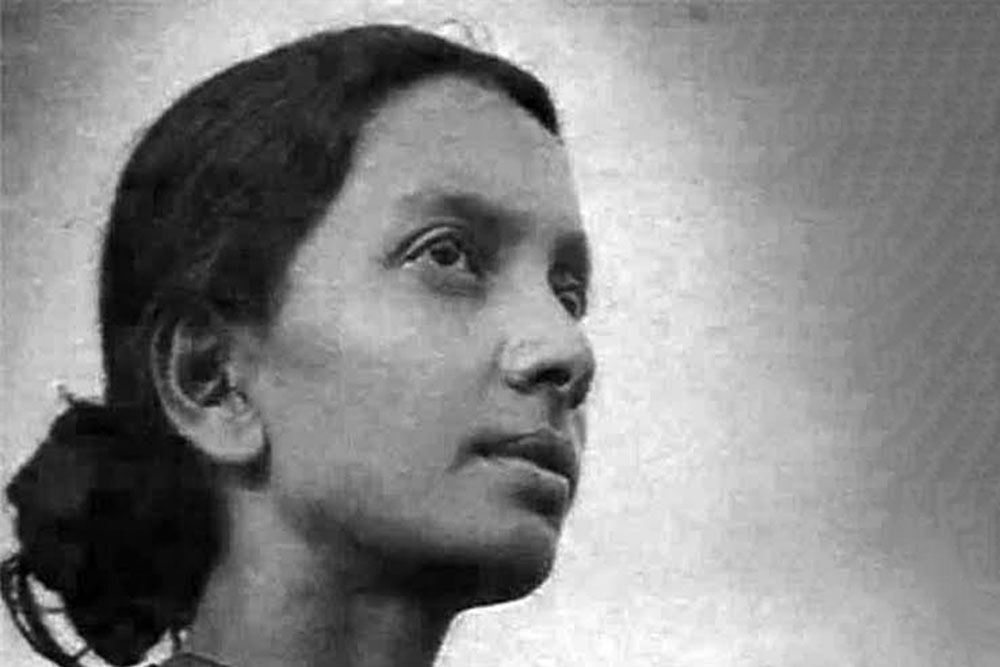
Kalpana Dutta
A comrade of Waddedar’s and a member of the Chittagong group, Kalpana Dutta also managed to escape the British after the failure of the armoury raid. She was supposed to join Waddedar in the club attack, but was arrested while on a reconnaissance mission. Released on bail, Dutta rejoined Surya Sen, and the revolutionaries went underground until 1933. Dutta was captured after Sen, sentenced to deportation to the Andaman, and was released in 1939. After her release, Dutta enrolled at Calcutta University to pursue her education and joined the Communist Party of India (CPI). Apart from relief work during the Partition, Dutta focused on teaching and social work for the rest of her life—even teaching at the Indian Statistical Institute—and died in 1995.
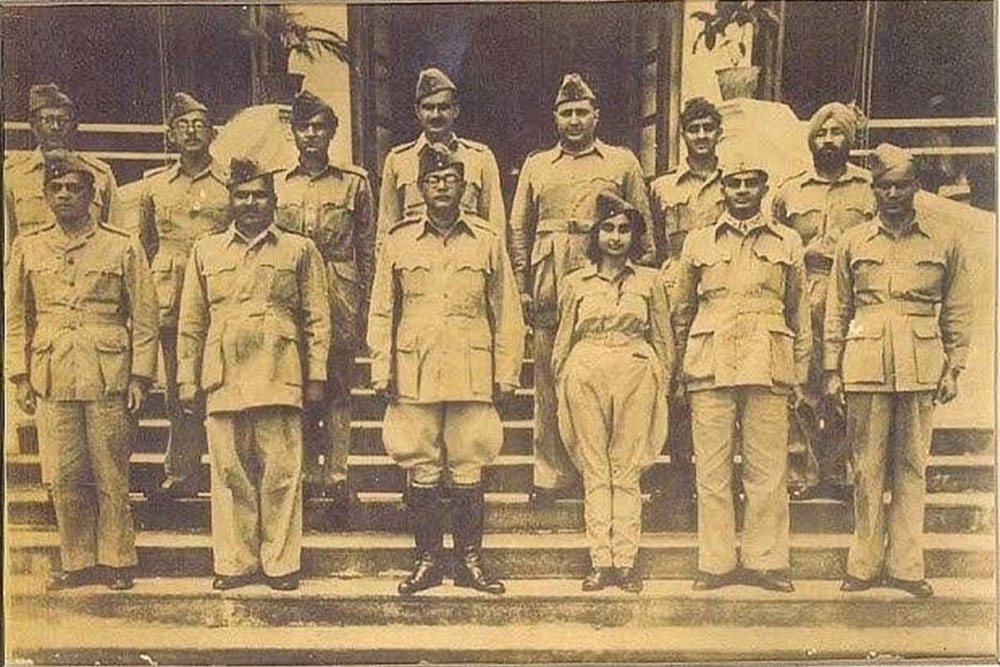
Captain Lakshmi Sahgal
In 1943, almost a century since Lakshmibai of Jhansi’s martyrdom, India witnessed the making of the first modern combat trained all-women’s regiment, the Rani of Jhansi regiment, under Subhas Chandra Bose’s INA. Captain Lakshmi Sahgal was the leader of this regiment, which mostly consisted of teenaged women of Indian descent who lived in Singapore and Malaysia. The regiment joined the INA’s march through Burma with Japanese soldiers, and when the tide of the Second World War turned against them, the soldiers were arrested in 1945. Sahgal was deported to India in 1946, and was tried along with other INA soldiers. After independence, Sahgal remained active politically as a member of the CPI, and was even nominated for the seat of President of India in 2002.
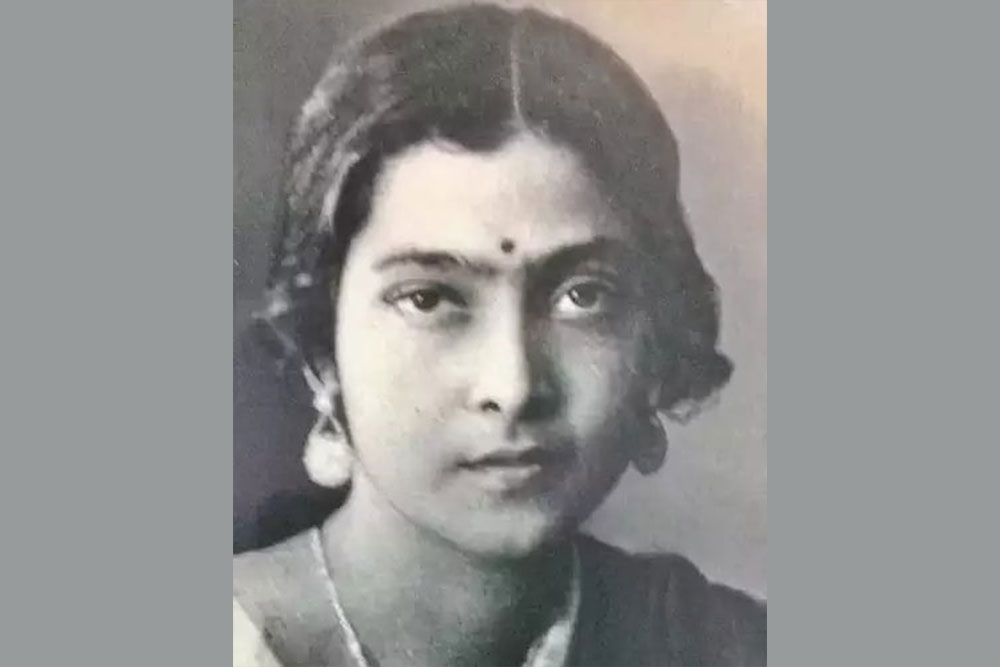
Bina Das
Bina Das was a member of a semi-revolutionary group of women students based in Calcutta, and deeply inspired by Bose. In 1932, she attempted the assassination of Bengal’s governor, Stanley Jackson, at the Convocation Hall of Calcutta University. Despite shooting five times at him, the governor escaped unhurt, and Das was arrested and sentenced to nine years of rigorous imprisonment. Following her release in 1939, she joined the INC, and was arrested and imprisoned again between 1942 to 1945 for participating in the Quit India movement. After independence, Das remained politically active, winning seats in the Bengal Legislative Assembly, and was even awarded the Padma Shri in 1960.
Kamala Das Gupta
Originally pro-Gandhian politics, Kamala Das Gupta wanted to join the national leader at Sabarmati Ashram, but was deterred by her family. Instead, Das Gupta joined the Jugantar group, an extremist revolutionary party in Bengal. As a manager of a women’s hostel, she helped the revolutionaries by storing and couriering bombs and guns. In fact, she supplied Bina Das with the gun she used to shoot the governor, and was also arrested for it. For her contributions, Das Gupta was arrested in 1933, released in 1936, and put under house arrest. When Jugantar aligned with the INC in 1938, she once again shifted her allegiance to Gandhian principles, and played a key role in Partition relief works. Das Gupta is also known for being the editor of the path-breaking women’s journal, Mandira, which not only promoted revolutionary principles, but also published reminiscences of freedom fighters during the 1940s and well after independence.